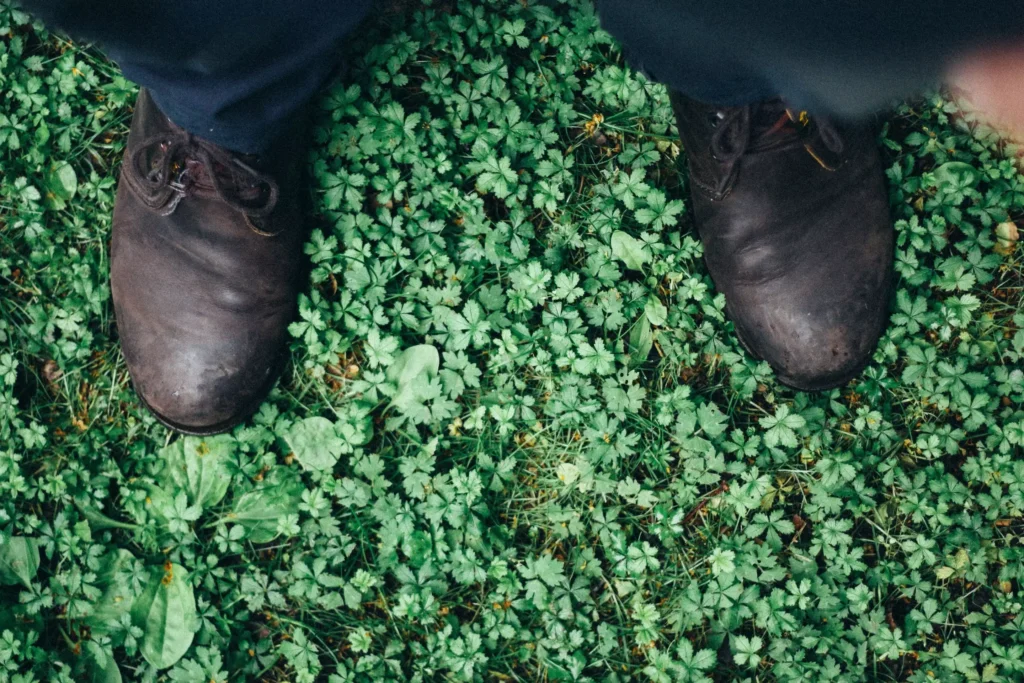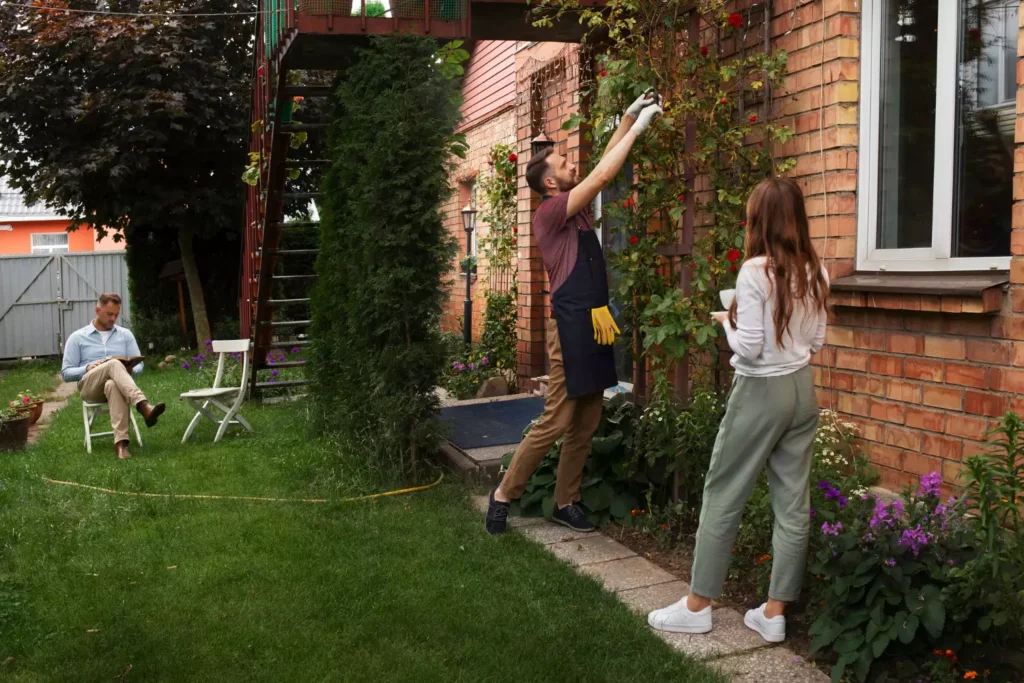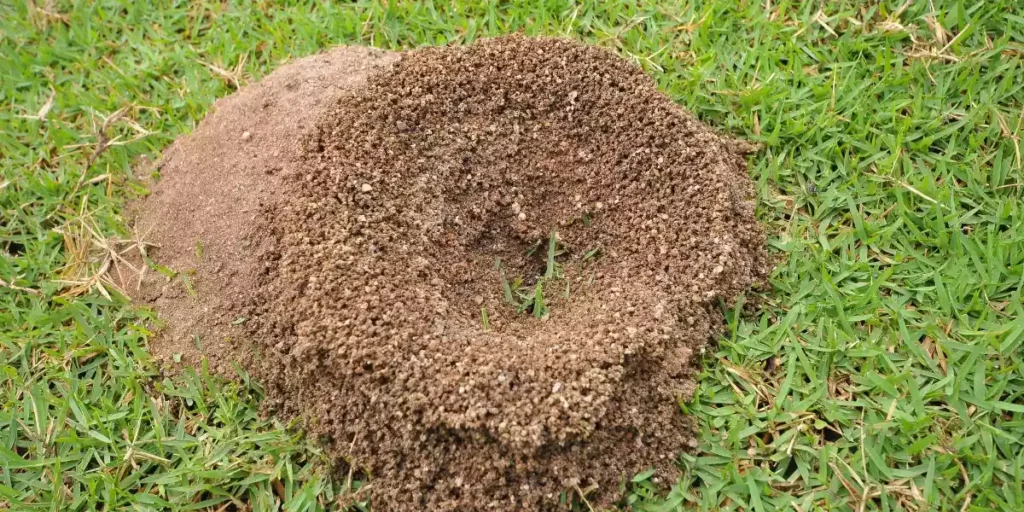The mattock and the adze are both tools commonly used in gardening, landscaping, and other outdoor activities. While their basic function is similar, they differ in shape and design.
In this article we will explore the differences between a mattock and an adze to better understand how each tool is best utilized for specific tasks.
The mattock is a multi-purpose tool that combines an axe blade with a pick on the opposite end of its handle. Its wide blade allows it to be used for chopping roots, breaking up hard soil, and digging narrow trenches.
The adze has a narrow curved blade on one side of its head and an eye hole on the other side. This design makes it suitable for shaving wood or scooping out large chunks of material.
Definition And Uses Of A Mattock
A mattock is a versatile agricultural tool used for a variety of tasks, from breaking up soil and roots to clearing land. As the old adage goes, “A mattock in the hand is worth two shovels in the bush.”
This tool has been used for centuries by farmers, gardeners, and landscapers for its ability to effectively complete a multitude of jobs. A mattock consists of an axe-like head with two blades: one blade is pointed and used for digging, while the other blade is flat and serves as a pick. The handle can be made of wood or metal depending on the user’s preference and purpose of use. It also typically has an ergonomic grip that helps reduce fatigue while working.
The pointed blade allows users to loosen hard soil and break apart stubborn roots, while the flat blade can be used to level surfaces or scrape away debris. This makes it an excellent tool for clearing land before planting crops or preparing newly tilled soil. Its cutting edges are especially useful when it comes to cutting through grasses, weeds, or other vegetation that may be growing in unwanted areas.
Definition And Uses Of An Adze
The adze is a type of hand tool that is similar to an axe, but has a curved blade and long handle. It is used in woodworking, gardening and many other tasks that involve cutting and shaping wood.
The blade of an adze is usually sharpened to a greater degree than the blade of a mattock, creating a more pronounced edge for cutting. The length of the shaft on an adze is typically much longer than the shaft on a mattock, giving it greater reach when in use.
When compared to a mattock, the adze has several advantages. Firstly, its curved blade allows for more precise cuts than those achieved with a mattock. Secondly, its long shaft gives it greater reach when in use and makes it easier to work quickly and efficiently. Finally, its edge sharpness provides better control over the depth and angle of each cut or shape while using less energy than with a mattock.
Gardening professionals often rely on both the mattock and adze for their projects due to their unique characteristics. The mattock’s wide head is perfect for digging deep into hard soil or breaking up clods of dirt while its flat blade allows for fast chopping motion.
On the other hand, an adze’s curved blade enables clean cuts with greater accuracy while its long shaft helps reach deeper into soil or around obstacles while still providing users with better control over each cut or shape they make.
Design And Shape
Design is the process of creating and planning the form of an object, system or product.
Shape is the physical form or structure of an object.
A mattock is a tool that has a long handle and a head with two curved blades which can be used for digging and chopping.
An adze is a tool that has a long handle and a blade at a right angle to the handle, used for shaping wood or cutting into solid objects.
Design
The design of a mattock and an adze is quite different. The mattock, which is also known as a pickaxe, has two cutting edges on its head. One side of the head consists of a sharp blade that is used for cutting through roots and hard soil, while the other end features a grinding edge for breaking apart tough materials such as rocks and concrete.
On the other hand, the adze has only one cutting edge on its head. This single-sided cutting edge makes it easier to use when chopping down trees or working with wood. Additionally, the adze’s handle is often curved in order to provide extra leverage when swinging it.
In terms of shape, mattocks have heads that are typically rectangular in shape whereas adzes feature heads that are more rounded or oval in shape. These differing shapes are important because they enable you to use them in various ways depending on what you’re trying to accomplish.
For example, a mattock can be used for digging holes while an adze can be used for carving out intricate designs in wood or shaping blocks of stone. Due to their unique design and shape, mattocks and adzes offer different advantages depending on the job at hand.
Mattocks are better suited for tasks such as digging trenches or breaking up hard soils while adzes are better suited for tasks such as creating designs in woodworking projects or sculpting stone objects. Both tools require skill and precision when using them so it’s important to choose the right tool for the job before beginning any task.
Shape
The shape of a tool is as important as its design when it comes to achieving the desired results.
For example, mattocks have heads that are typically rectangular in shape, while adzes feature heads that are more rounded or oval in shape.
This difference in shape allows for better leverage and edge sharpening when using either tool depending on the job at hand.
Additionally, both mattocks and adzes come with handle types that vary from straight to curved handles offering different levels of control and comfort for different users.
It is essential that one chooses the right tool for the job before beginning any task in order to achieve the best results with minimum effort.
Handle Construction
The handle materials and design of a mattock and adze are quite different. A mattock is generally made with a short handle, usually between one and two feet in length, that is shaped like an axe handle; the head is affixed to the handle at an angle.
An adze, on the other hand, has a longer handle, typically between two and four feet in length; it typically has a curved shape that can be held comfortably in both hands.
The blade design of each tool also differs greatly. A mattock’s blade is sharpened on one side only and is typically used for digging, chopping roots, or removing soil from around plants. An adze’s blade is sharpened along both edges and can be used to cut down vegetation or smooth out wood surfaces.
When using either tool it’s important to ensure that the blades are regularly sharpened so they remain effective at performing their tasks. Proper blade maintenance will also help extend the life of the tools and make them safer to use. Mattocks and adzes require different sharpening techniques which should be followed based on the manufacturer’s instructions.
Weight And Balance
The mattock and the adze are two types of tools that are often used in gardening and landscaping. While both tools have similar purposes, they have a number of distinct differences that set them apart.
In terms of weight and balance, the mattock is heavier than the adze and requires more grip strength to use effectively. The blade width of a mattock is also wider than that of an adze, making it useful for digging through hard soils or cutting through vegetation with thicker stems.
Compared to the mattock, the adze is lighter and has a narrow blade width which makes it more suitable for finer tasks such as creating smooth surfaces or carving into wood.
When choosing between a mattock and an adze, it is important to consider the size, shape, weight and balance of each tool. A mattock is better suited for larger or tougher tasks due to its wider blade width and heavier weight whereas an adze is better suited for smaller or more delicate tasks because of its lighter weight and narrower blade width.
Here are some key points to remember when comparing a mattock to an adze:
- Mattocks are heavier than adzes
- Mattocks require more grip strength to use effectively
- Mattocks have wider blades compared to adzes
- Adzes are lighter than mattocks
- Adzes have narrower blades compared to mattocks
- Adzes require less grip strength than mattocks to use effectively.
Maintenance And Care
The mattock and adze have a number of distinct differences, both in terms of their design and in the tasks for which they are best suited.
The mattock is a type of axe-like tool that has a sharp point on one side, and a broad blade on the other. It is designed to be used for chopping roots and breaking up soil.
On the other hand, an adze is an elongated tool that has an angled blade at one end, making it better suited for finer tasks such as smoothing wood or chiseling stone.
When considering how to maintain and care for these two tools, sharpening techniques will vary depending on the nature of their blades.
For example, sharpening a mattock requires filing or grinding its two sides separately in order to keep them even, whereas an adze can be sharpened with a single stroke along both sides of the blade simultaneously.
As far as storage requirements go, both tools should be kept dry to prevent rusting and dulling over time. Depending on the size of each tool, they may also need to be covered with some sort of protective sheath when not in use.
Proper maintenance is key when it comes to keeping your tools in good working condition for years to come. With regular sharpening, cleaning and proper storage requirements, both a mattock and an adze can serve you well in your gardening tasks.
Versatility And Applications
The mattock and adze are both versatile tools used for gardening, landscaping, and other outdoor tasks. Each of these tools has its own unique characteristics that make them suitable for different tasks. Therefore, when selecting a tool for a particular job, one should consider the specific requirements of the task and safety concerns to ensure the best results.
The mattock is a two-headed tool with a sharp cutting edge at one end and an axe-like head on the other end. It is designed to chop and dig through soil or other materials easily without unnecessary effort. The shallow blade of the mattock allows it to be used in tight spaces where larger tools cannot fit or access. Furthermore, due to its long handle and weight distribution, it can be used for heavier tasks than an adze.
Conversely, an adze is a single-bladed tool with a curved blade that resembles an axe but with sharper edges on one side. It is primarily used for carving wood or shaping stone surfaces such as paving stones or brickwork. The adze can also be used in tight spaces due to its smaller profile compared to the mattock; however, its lightweight design does not lend itself well to heavier duty jobs like chopping through hard soils or roots.
When deciding which tool is right for your project, consider all aspects of the task at hand including safety concerns as well as the weight and size of each tool before making your selection. With careful consideration of these factors you can choose the best tool suited for your project’s needs while ensuring optimal results and safety.
Conclusion
The mattock and adze, two essential gardening tools, offer a range of uses and benefits. Used properly, these tools can be invaluable for gardening tasks such as cultivating soil, removing roots, and shaping wood.
The design of each tool is unique in terms of shape, handle construction, weight and balance. While both require regular maintenance to remain effective and safe to use, the mattock is typically heavier and more versatile than the adze.
On average, a mattock weighs around 3 pounds while an adze weighs in at just over 1 pound – making the mattock five times heavier than an adze. With proper care, both tools can last for many years and be used to complete various types of gardening tasks.




